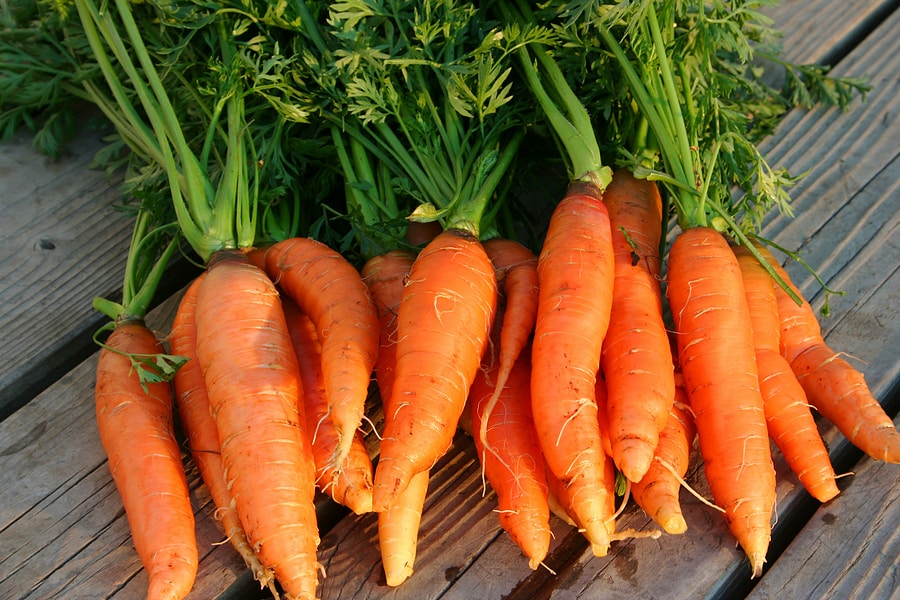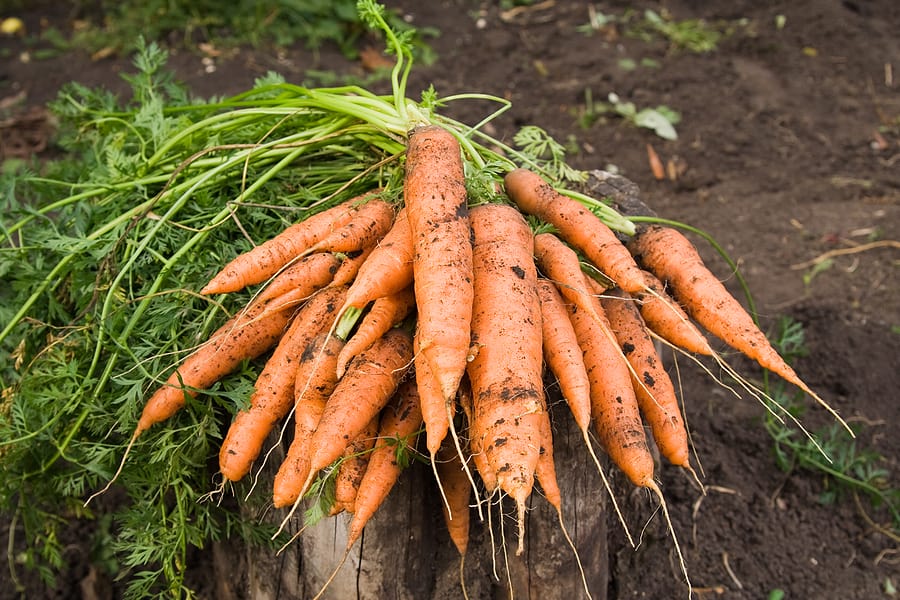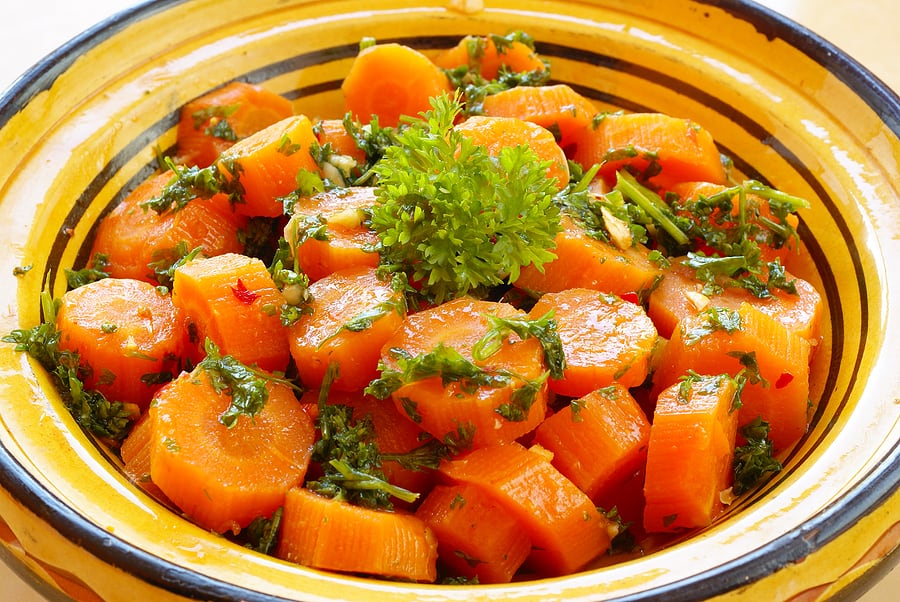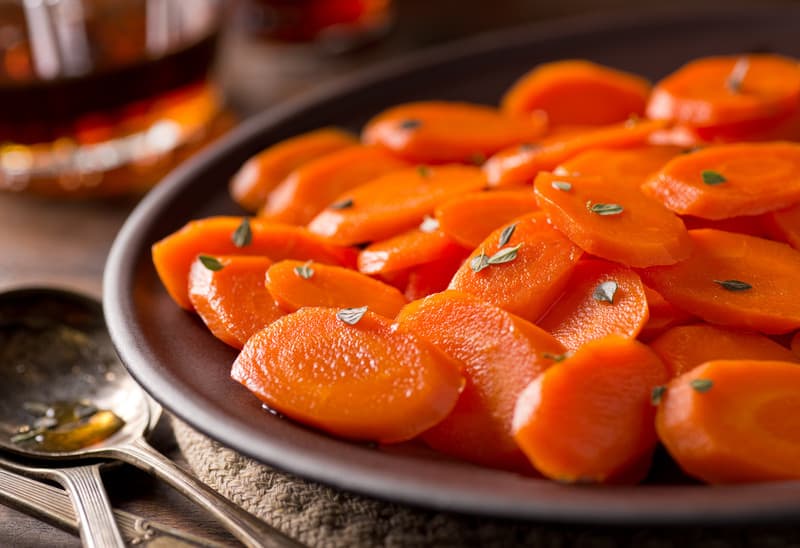Carrots
Latest stories
More stories
-
Seven Ways to Cook and Serve Carrots
Carrots can be served raw or cooked. The key to serving the best-tasting carrots is to serve carrots that are not too small and not too large and to serve them as soon after harvest as possible. You can eat carrots raw whole or in sticks or grated in a salad. Carrots can be used […] More
-
Grow Carrots Anytime of the Year in Five Steps
You can grow carrots just about any time of the year in raised beds or containers—even in winter with the protection of a plastic tunnel. Carrots are easy to grow; just give them loose, rich soil free of clods and stones and a soil temperature anywhere between 45° and 85°F. Short and finger-size carrots that […] More
-
Carrots Seed Starting Tips
Carrots are a cool-season crop; they are best grown in spring and fall. Carrots are commonly grown in spring, fall, and winter in warm-winter regions. Carrots can be grown through the summer in mild to cool summer regions and a surplus can be stored for winter. Carrots may be seeded as early in spring as […] More
-
How to Harvest and Store Carrots
Harvest carrots when they develop their color and the tops are 1 inch in diameter or smaller. Carrots can be lifted as soon as they are a usable size. Carrots are ready for harvest 60 to 90 days after sowing depending upon the variety; they will continue to grow and enlarge if you leave them […] More
-
in Prepare, Recipes, Side Dishes
Glazed Carrots Simply Made
Print Glazed Carrots Author Steve Albert Don’t miss out on this simple carrot recipe. It’s delicious! Instructions Peel the carrots and cut them into rounds or sticks. Be sure the pieces are about the same size so that they cook evenly. (If you use baby carrots, don’t bother to peel them.) Put the carrots in […] More







